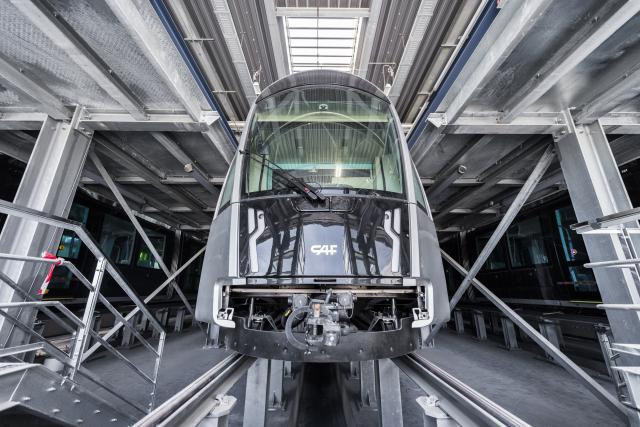According to transport minister François Bausch the first section, which stretches 5.5 kilometres along avenue JF Kennedy and includes the maintenance hub, required 57,800m3 of concrete and 3,810 tonnes of steel to construct.
A Belgian consultancy firm specialised in carbon emissions calculated the greenhouse gas emissions generated at 20,951t CO2e for the production and delivery of the concrete and steel.
Taking into account the emissions that will be avoided when the tramway opens, Bausch said that based on an average take-up by users, this first section of the tramway would have paid for itself in terms of its carbon footprint within 6.2 years.
Bausch’s comments came in response to a parliamentary question, which was published on 22 September.
The minister added that the tramway extension (to be completed in 2021) would generate 18,725 t CO2e, a footprint that would pay for itself within ten months of use. This is because of the high number of passengers expected to use the tram (around 110,000 per day under current estimates). He further said that these were based on conservative estimates, suggesting the savings could be even greater.
Finally, Bausch points out that tram operator Luxtram will use electricity from sustainable sources to power the network.
